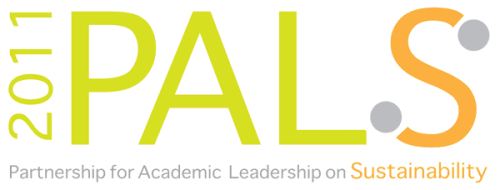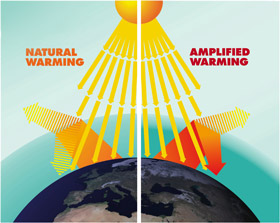Carbon Nation Film Focuses on Solutions to the Climate Crisis
By Peter Byck, Director + Producer, Carbon Nation
(This article appears in the July, 2011 issue of The ACUPCC Implementer)
carbon nation, a climate change solutions movie that doesn’t even care if you believe in climate change, is an optimistic, solutions-based, non-preachy, non- partisan, big tent film that shows tackling climate change boosts the economy, increases national & energy security and promotes health & a clean environment.
As campus sustainability programs aim to enlist the support of all students, faculty, staff, alumni and donors, carbon nation is a fun and fast-paced energy efficiency and clean energy primer that leaves the politics at the door. Whether one doubts the severity of climate change or just doesn’t buy it at all, carbon nation is still compelling and relevant, filled with a host of entertaining and endearing characters along the way.
 carbon nation’s optimism is appealing across the political spectrum. While other good films have been about problems, blame and guilt,carbon nation is a film that celebrates solutions, inspiration and action.
carbon nation’s optimism is appealing across the political spectrum. While other good films have been about problems, blame and guilt,carbon nation is a film that celebrates solutions, inspiration and action.
- Read more about Carbon Nation Film Focuses on Solutions to the Climate Crisis
- Add new comment









 find themselves facing a long, steady climb to integrate sustainability into all of their activities, so it is simply second nature.
find themselves facing a long, steady climb to integrate sustainability into all of their activities, so it is simply second nature.
